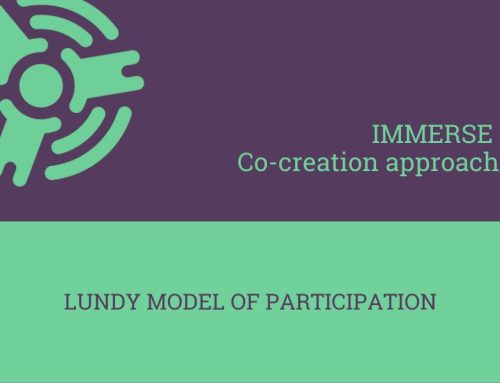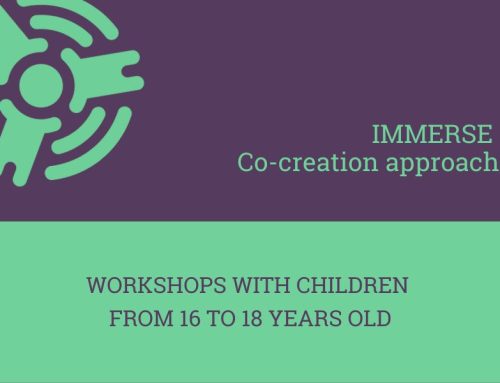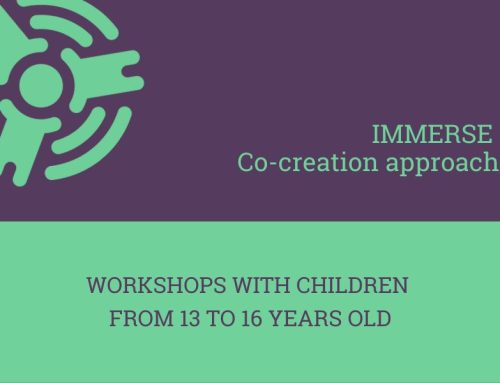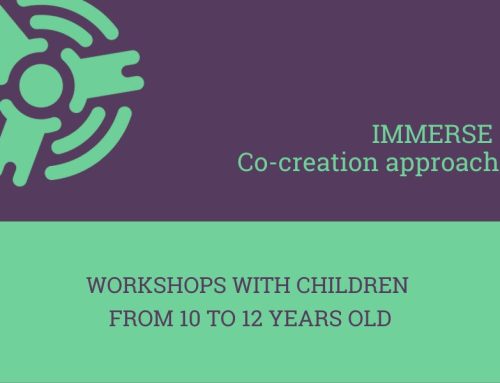| Settings |
|---|
When setting up the workshops all facilitators should consider the following:
|
| Time Management |
|---|
| “A workshop is both a time consuming and a time saving activity”; time consuming due to the organisational effort involved, time-saving because it provides an environment were all participants can feel addressed differently and appropriately.
The following tips can help you to manage the time:
|
| Adults – Group Agreement |
|---|
| A group agreement is a set of statements that defines how people will behave within the workshop. It is a very useful tool for starting the workshops in a positive manner and maintaining structure during the session. A group agreement helps the group to work together respectfully and effectively.
A group agreement can be defined by the group or by the facilitator. Defining a group agreement as a group is far more empowering than having a facilitator set out ‘rules’ for everyone to follow. Also, people are much more likely to respect and implement an agreement to which they have had an input. When problems or conflicts arise, you will be able to refer back to this agreement. It should however be noted that it takes more time to define the group agreement with the all participants at the beginning of the session than to bring an already written group agreement and ask for their consent. Whether you choose the first or the second method depends how much time you can spend on it. A group agreement can be proposed but not imposed on the participants. Goals:
Example of a group agreement:
|
| Youth – Group Agreement |
|---|
| Children and adolescents are different to adults in the way that they view, experience and communicate their concerns. They are often excluded from adult decision-making processes and face additional barriers to participation. Participatory assessment is a method developed by the UNHCR and is “an important way of ensuring that boys and girls of all ages and backgrounds are at the centre of decisions concerning their protection and well-being. Effective participation also recognizes children and adolescents as rights-holders, it builds their capacity and resilience, and allows them to better protect themselves and their peers.”
Should you decide to use the group agreement in your workshops accommodate a group-centric decision-making process involving all participants:
Once a group agreement has been reached, make sure it is on display for all to see – ideally have it written up on a whiteboard, flipchart or overhead projector. |
| Children – Ground Rules |
|---|
| Ground rules articulate a set of behaviours expected of the children for workshop conduct. Like for the other type of participants, as facilitator you can define the ground rules together with the group or define them in advance and ask for the agreement and understanding of the children. Once your ground rules have been agreed upon, make sure they are on display for all to see – ideally have it written up on a whiteboard, flipchart or overhead projector.
Approach for working with children:
Active agreement is a useful addition to any group agreement. With the children you can develop a hand signal codex. |





